AIP, Vegan, Vegetarian, Paleo, Gluten Free, Dairy Free, No Eggs, No Nuts and No Processed Sugar
Since all cereals are manufactured from highly processed corn, wheat, oats, and barley malt, I find it challenging to find cereals that I can eat while adhering to AIP. Preservatives, addictive ingredients, and synthetic flavors rather than real fruit are used, and the majority of cereal contains a lot of sugar because the cereal has no flavor.
I usually consume quinoa puffs for breakfast as it has no sugar and is a healthy grain, but it is wonderful to have a change of pace and make one yourself, even if you are not on AIP, this is still a healthy cereal you can eat everyday.
It’s easier than you might think to make your own cereal that is healthy, not expensive to make and has the same crunch and uses real fruit for the flavor with no preservatives or additive’s.

Why make your own cereal?
This is a great healthy cereal that uses natural fruit and is created without any preservatives, addictive ingredients, or sugar. This dish is ideal for those with allergies like mine because it is sugar-free, vegan, AIP, nightshade-free, egg-free, gluten free, dairy free, paleo, has no nuts and is vegetarian.
How long does the cereal last?
It lasts 1-2 weeks in an airtight container, just at room temperature and not in the fridge.
Can the cereal be frozen?
You can freeze the batter mixture, or cook it, and then freeze it.
What banana’s to use?
The best banana to use in America/Europe is the Cavendish banana, most are sweet if you let the banana’s ripen before using, it just needs a few dark spots on the skin.
What apple to use?
I find that it is better to use a sweet apple like Red Delicious, Gala Apple, Pink Lady Apple, Ambrosia Apples or Envy Apples.
Substitution of fruit:
This recipe uses both apples and bananas for sweetness so it’s best to use at least one of these in the recipe and then you can swap out the other. You could also add other fruits into the recipe but you would also need to increase the flour. You could use strawberries, raspberries, blueberries, blackberries, dates, sultanas, currants or pineapples.
The reason I use these flours
Millet is a grain that is rich in nutrients and is coarsely processed to make flour.
Arrowroot flour or brown rice flour is used to enhance richness and thicken sauces, soups, and other dishes.
Cassava is a root vegetable that resembles a dried and ground-up tropical potato. Cassava starch, commonly referred to as tapioca flour, is used to thicken soups and gravies as well as lighten baked goods like biscuits and cakes. I haven’t had any problems using cassava flour.
Cassava is:
• Paleo and vegan; following the auto immune protocol; devoid of grains, gluten, and wheat; GMO-free; without eggs, dairy, yeast, or soy; and without nuts.
Can I add more spices?
If you are on the first phase of AIP you should stick to the recipe but if you are in the reintroduction phase or not on AIP at all then you can add spices like cardamon, ginger, nutmeg and it will give it a depth of flavor.
Chemicals also affect wildlife and nature:
Food grown with chemicals has an impact on not just humans, children, babies, and newborns, but also bees, birds, and other animals that consume the fruits and vegetables. Toxins are sprayed on fruits and vegetables and are washed into the waterways and impact soil erosion and water quality.
Why organic food is better:
I switched to organic foods to aid with my Hashimoto’s symptoms, but I would advise everyone to do the same. I make every effort to eat organic food that contains few to no chemicals and little to no processed food. Eating regular food from supermarkets or even farmers markets while being unaware of the pesticides sprayed on your food can have a serious negative impact on your health, particularly if you already suffer from conditions like an auto-immune disease.
Food that is organic is fresher, contains more antioxidants and nutrients, and doesn’t last as long because it doesn’t contain any food-preserving chemicals. The alternative is to cultivate your own food without using any chemicals by utilising appropriate gardening methods, such as
Cereal from supermarket:
Below is a photo of Milo cereal and the ingredients that it is made from.


Why do people eat cereal for breakfast?
As a result, cereals like Kellogg’s Cornflakes, Sanitarium Weet-Bix Bites, Kellogg’s Coco Pops, Uncle Toby’s Fruity Bites, Nestle Milo, Kellogg’s Just Right Apricot & Sultana Cereal, and Kellogg’s Sultana Bran Cereal’s are recommended for breakfast starting when we are very young. It’s easy and quick to make when you have to leave for work or school. Simply get out of bed, add milk to a bowl of cereal, and eat. Sounds great but you are basically eating a bowl of sugar.
For people with Auto-Immune issues like myself, these cereals are the worst thing you could eat with all ingredients cauing inflammation in your body. I would have problems falling asleep and would wake up frequently during the night, be worn out and want to stay in bed for as long as possible the following morning. Cutting these heavily processed food out of your diet and making your own is a great way to get healthy.
Marketing of cereals:
The main cereal producers fund the study and compensate the researchers for producing the desired outcomes. Only unhealthy cereals are sold to young children in television commercials, with the intention of inducing their parents to buy the cereal by nagging them. Manufacturers periodically throw toys inside cereals so you can collect them.
What breakfast was before the 19th century:
Before the 19th century, breakfast wasn’t significant, but a bunch of religious fanatics revolutionized the cereal and bacon industries. In the past, breakfast consisted of leftovers from dinner. Because eggs are quick and simple to prepare and are laid by chickens in the morning, egg dishes have traditionally been served for breakfast.
Jobs changed, from physical work to sedentary:
People transitioned from physically demanding farm work in the late 19th century to office and factory jobs that required prolonged standing or sitting. A small breakfast became preferable because eating a substantial breakfast before leaving for work was thought to cause indigestion.
Who created cereals?
Cereals first appeared at Sanatoriums run by Seventh-day Adventists, which coincided with a craze for better lifestyles. These religious health gurus founded sanitariums, taught people to eat bland, whole wheat, and promoted vegetarianism as a means of preventing disease. James Caleb Jackson created the first cereal, while John Harvey Kellogg created the more well-known Kellogg’s brand. Both inventions took place at sanitariums.
Below is a picture of a supermarket cereal with its ingredients.
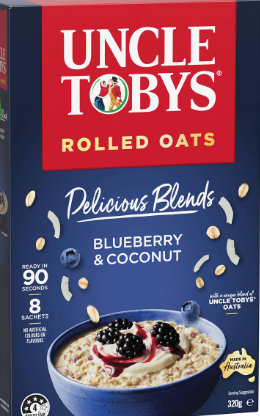

Religion started breakfast:
When women went off to work in the war, they needed something quick and nourishing to give the kids while they were away at work. Meal evolved from religion and health beliefs that a lighter breakfast would increase productivity at work. Once vitamins were added, savvy marketing and advertising helped push morning cereal sales.
What does breakfast mean exactly?
Breakfast signifies breaking the fast that results from the previous night’s sleep.
To fast is to refrain from eating for an extended length of time.
This article below is from the Organic Consumers Association of Australia

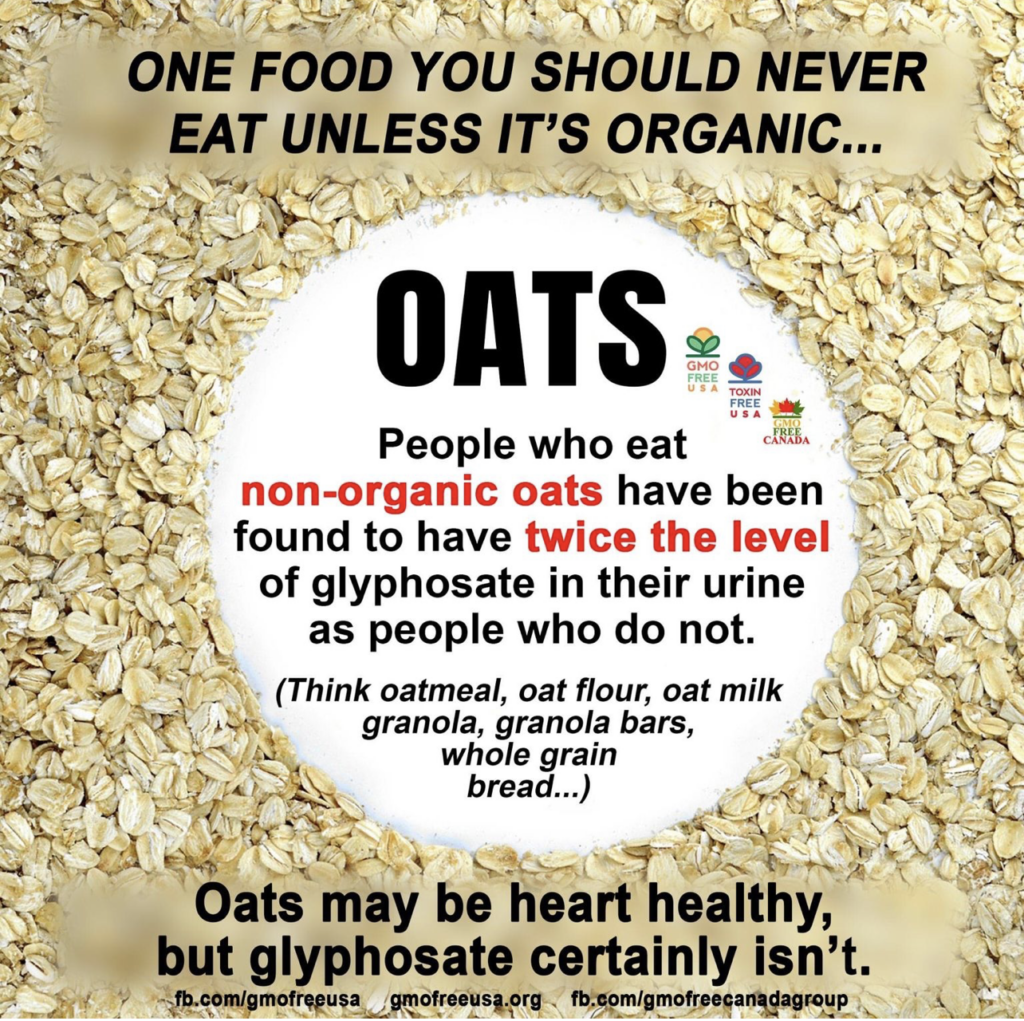
Are GMO foods prohibited in Australia?
The New South Wales government will end its 18-year prohibition on genetically modified crops on July 1st, 2022. Large farming groups have embraced the shift, which allows GM crops to be produced in every state of Australia except Tasmania.
What exactly is genetic alteration?
In order to give an organism a valuable attribute like tolerance to drought, pests, and high temperatures, scientists utilize genetic modification to alter the genes of living things.
Genetically modified crops were first introduced in the 1990s. The NSW ban was implemented in 2003 as a result of worries from manufacturers and importers. The Middle East and Southeast Asia were among the nations that had been rejecting the GM grain. Canada and Saudi Arabia were two nations that opposed feeding GM feed to cattle.
How are grains of cereal processed?
Cleaning, sorting, and eliminating the unsuitable fractions from the grains are the steps in the processing of cereal grains. Cleaning, grading, hulling, milling, pounding, grinding, tempering, parboiling, soaking, drying, and screening are some of the procedures.
How are grains used to make food?
The bran and germ are removed during the milling of refined grains. The grain’s texture and shelf life are improved by eliminating the bran and germ, but this comes at the expense of dietary fiber, iron, and other B vitamins. White flour, corn grits, white bread, and white rice are examples of refined grain products..
Cereal plants: what are they?
A cereal plant is any plants produced for seed as human food, The crops tend to only be related to grass.
What components make up cereal?
Cereal is created from the following grains: wheat, oats, rice, or corn. Sugar is then added to give it a sweet flavor, followed by flavors and vitamins, and finally, fruits and nuts.
What equipment is utilized to create cereal?
A twin-screw extruder or a rotary steam cooker are the processes used in cereal production lines. In both situations, various flaking rolls, toasters, shredders, dryers, and syrup coating units can be added to create flexible plants, each one tailored to the product and output requirements of the customer.
What is the maturation period of cereal?
It takes 3–4 months for grains like rice, wheat, and corn to reach harvest age.
Which toxin is found in cereal?
Recent research by CEH and others has revealed that frequently purchased breakfast cereals contain harmful chemical residues like glyphosate and arsenic without the knowledge or agreement of the consumer. The most frequently used herbicide in American history is glyphosate, which is the main ingredient in Monsanto’s Roundup.
Cereal grains are mostly made of starch and protein, with fat, non-starch carbohydrates, phytic acid, vitamins, and minerals making up the remainder. During the preparation and storage of cereal goods, physical interactions and chemical reactions take place between these ingredients that impact their quality, storage stability, and nutritional content.
Gluten is difficult for the human body to digest. The minuscule projections that line the interior of the small intestine are destroyed by gluten. They aid in nutrition absorption and include blood arteries. All cereals contain barley malt, corn, wheat, and oats.
I use this baking paper because it is compostable and breaks down in land fill. It has a twin sided silicon for non stick cooking. It is not made whiter or lighter by a chemical process and is chlorine free.
This baking paper is perfect for frying pans, ovens, microwaves, sandwich makers and hotplate BBQ’s just not near an out in the open and not covered flame and is heatproof up to 240°C or 464° F. It helps making meals easier and healthier to prepare because it removes the need for extra fats or oils and protects cookwear and makes clean up quicker.
Instructions:
Roughly chop the banana and finely chop the apple and place in a ceramic mug.
The banana, apple, and coconut oil are first melted in a microwave-safe cup; I do mine in two phases because it doesn’t all fit.
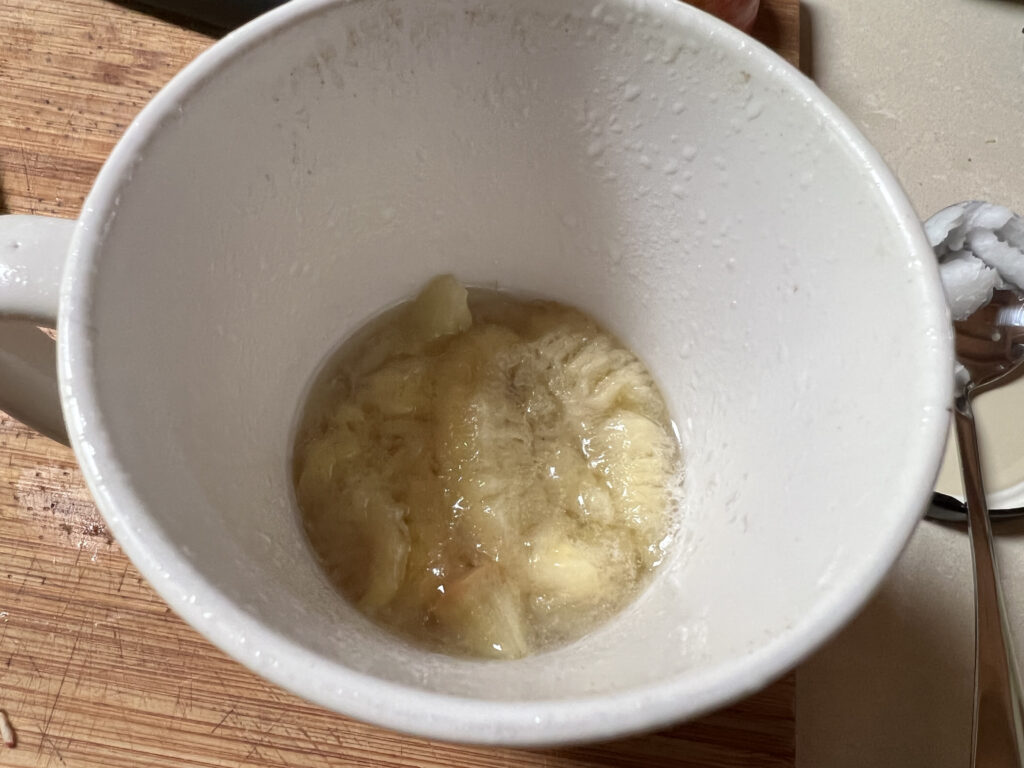
I did the apple first with coconut oil and microwaved it for 60 seconds. then the banana with coconut oil and microwave for 60 seconds. Or you can cook the apple and banana on the stove in a pot for a couple of minutes.
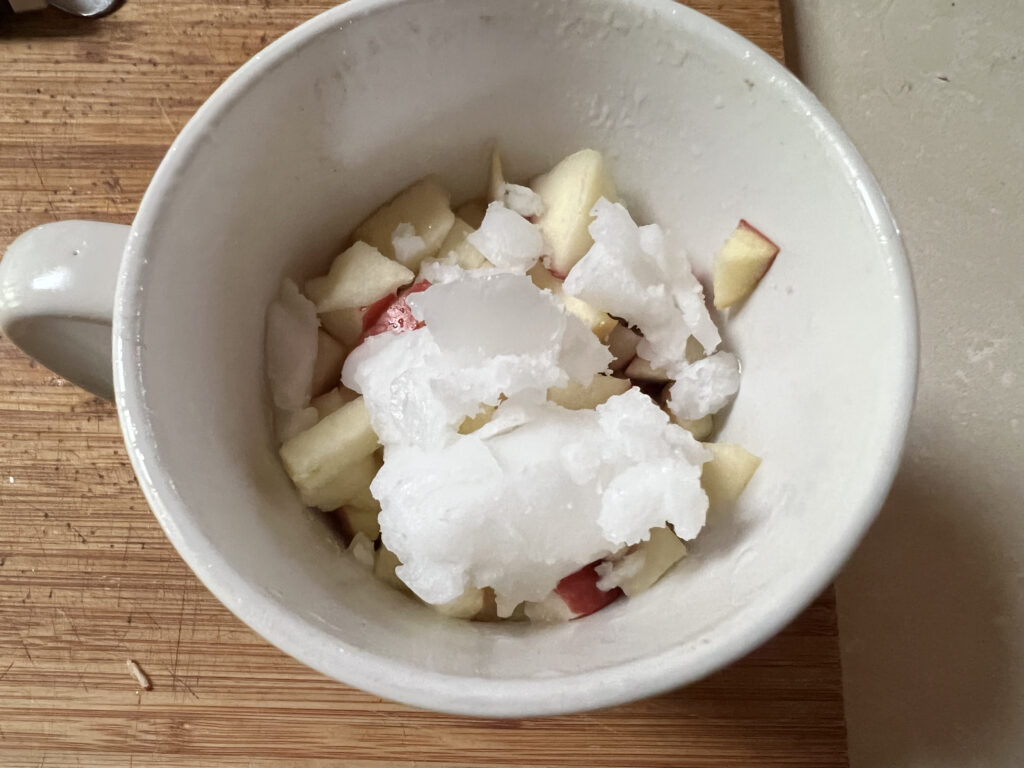
Add the coconut oil and microwave on high for 30-60 seconds, then stir and keep going until the oil melts and gets a little hot so the banana and apple start to go soft. Be careful when getting the mug out of the microwave because the handle will be really hot, I recommend using a oven mitten.
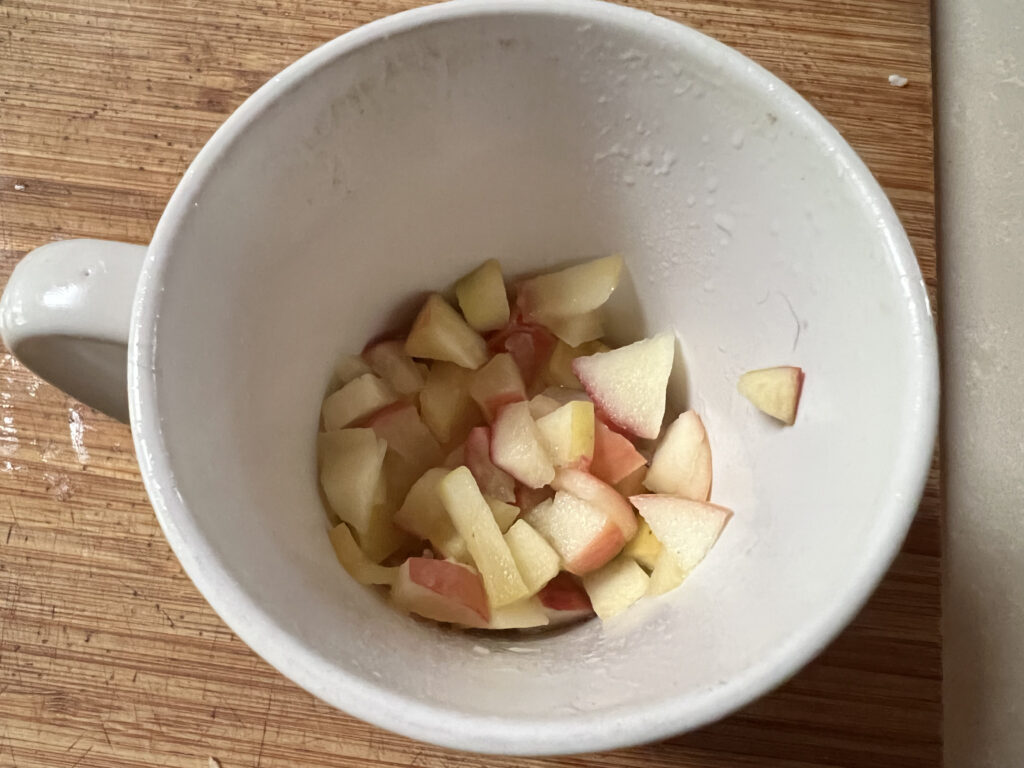
The apple and banana becomes soft when cooked.
Add all of the flour to a bowl and then add the coconut oil and banana mixture to it, stir and combine.
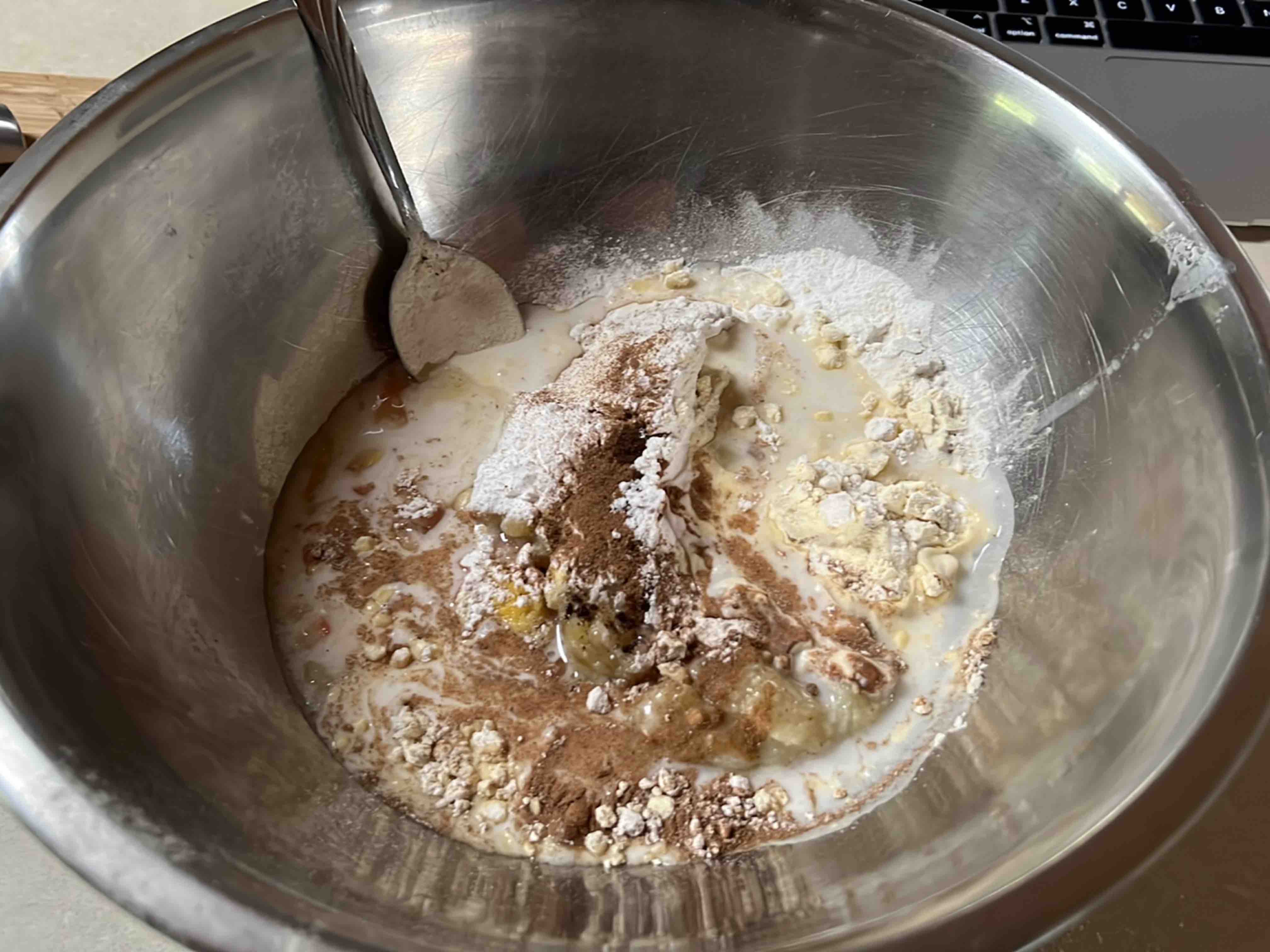
Add the coconut milk and stir, it should start to combine like a dough but will be a little sticky.
If it’s too dry, add more milk. If it’s too wet then add more Millet flour.

Once it is combined into a ball, place it on the baking paper

Get 2 pieces of baking paper and place the dough on one of them, then place the other piece of baking paper on top and use a rolling pin to roll into a flat sheet. If you have a large oven you can do this in one long sheet, other wise split the dough into 2 and roll out a second one. You will need another 2 pieces of baking paper as it is impossible to remove the top one and better to place both sheets in the oven with the rolled cereal in the middle.
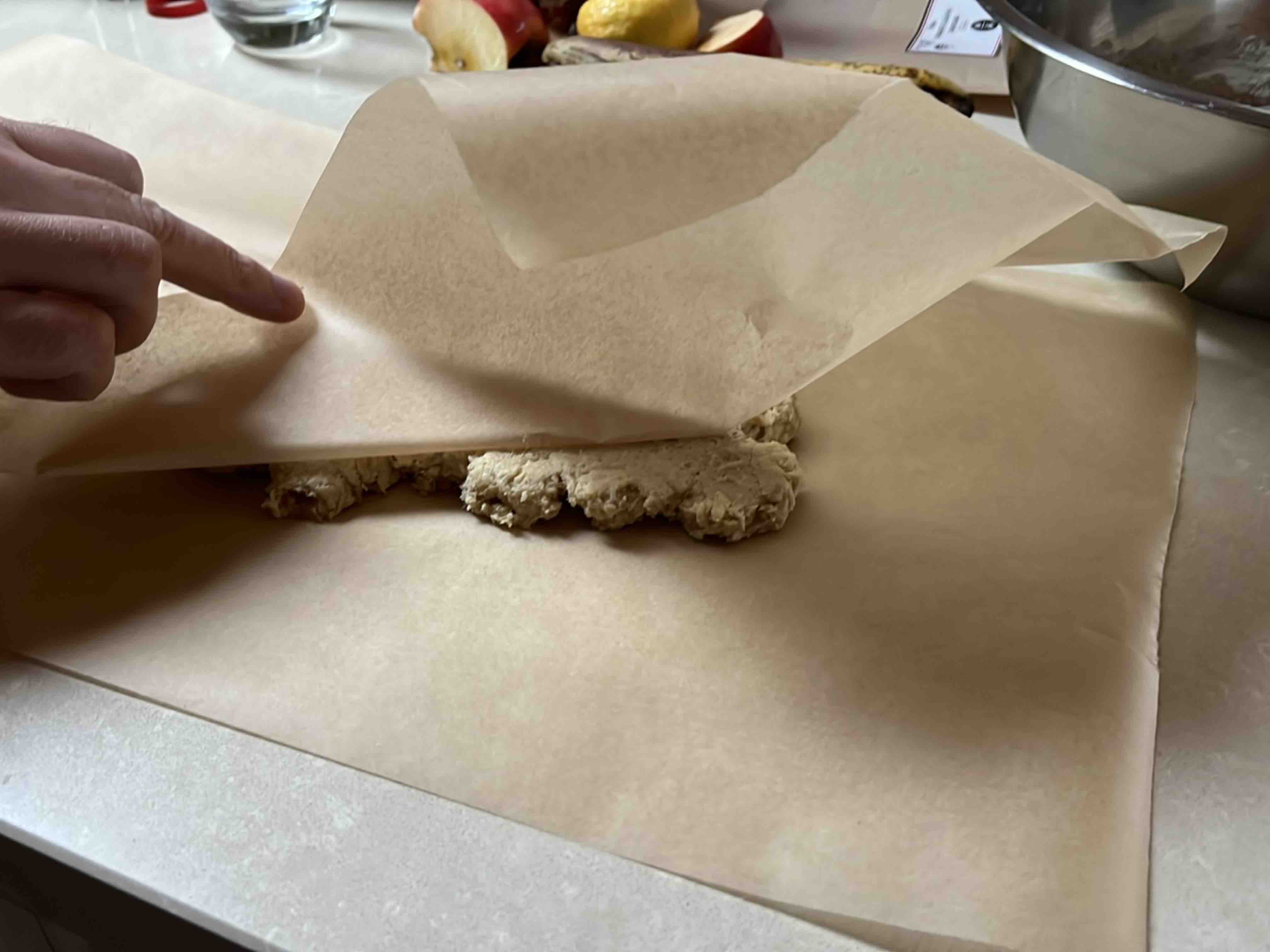
You should be able to roll it out the mixture to 2mm thickness.
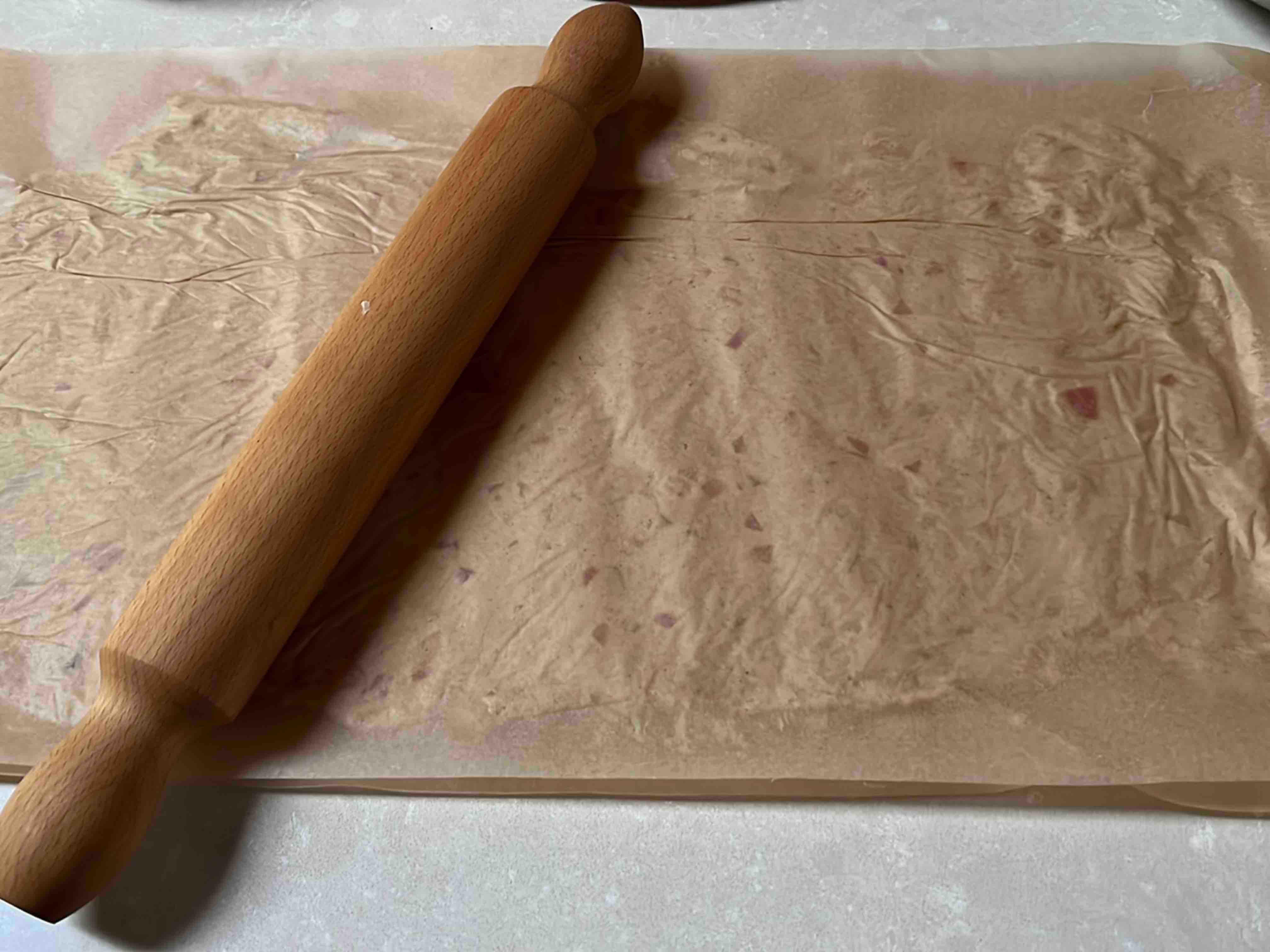
Roll out upwards and length ways, until it covers the baking tray.
Cook for about 45 minutes at 150°C/275°F, you might need longer depending on the thickness of your rolled sheet.
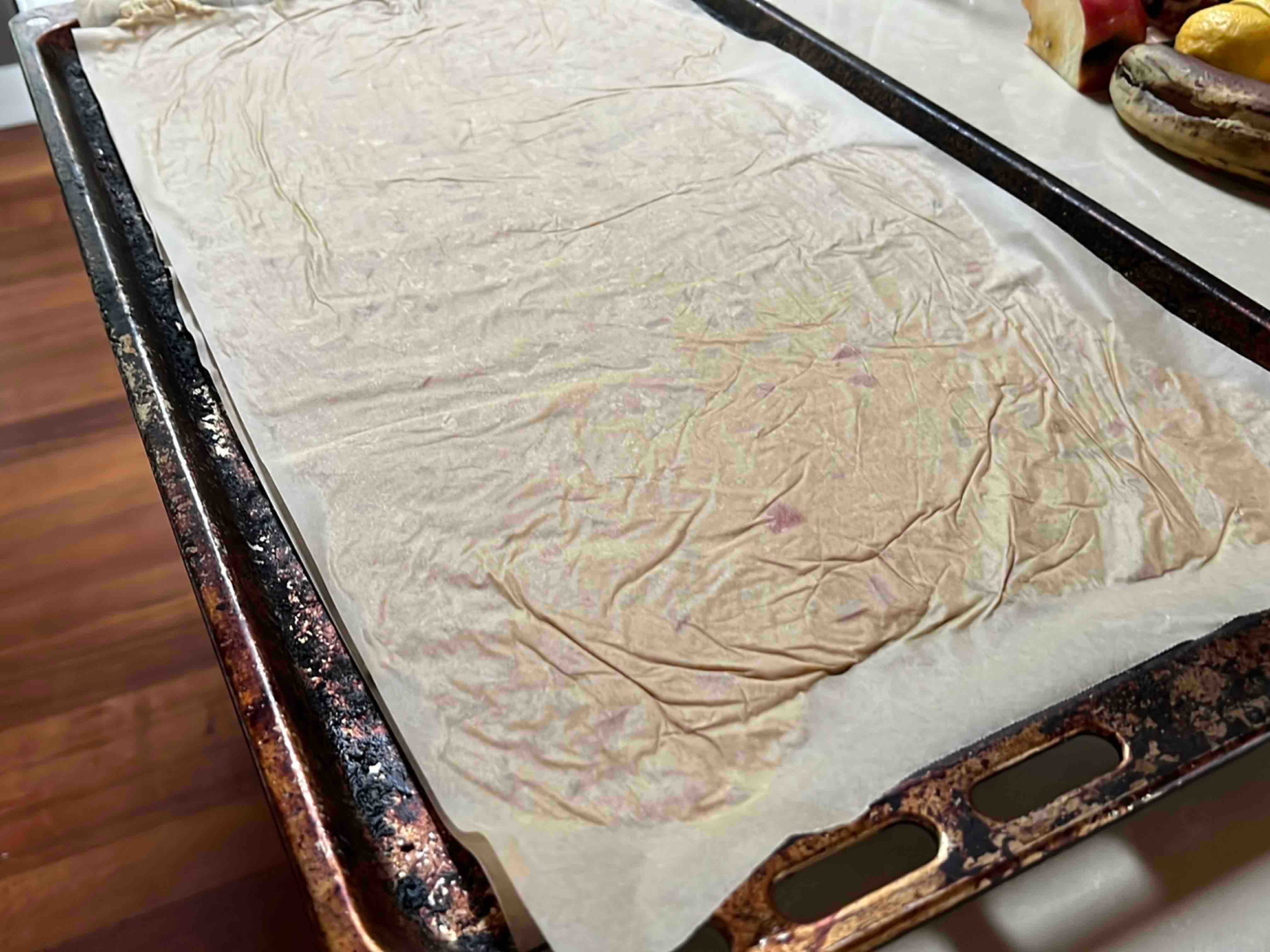
This is what the cereal looks like cooked. The parts that snap off and are crispy can be taken out, and the parts that bend need to be cooked longer. Repeat this process until all parts snap and don’t bend.
Once it has cooled, just break it up into any size you like and store in a sealed container, it lasts up to 2 weeks.
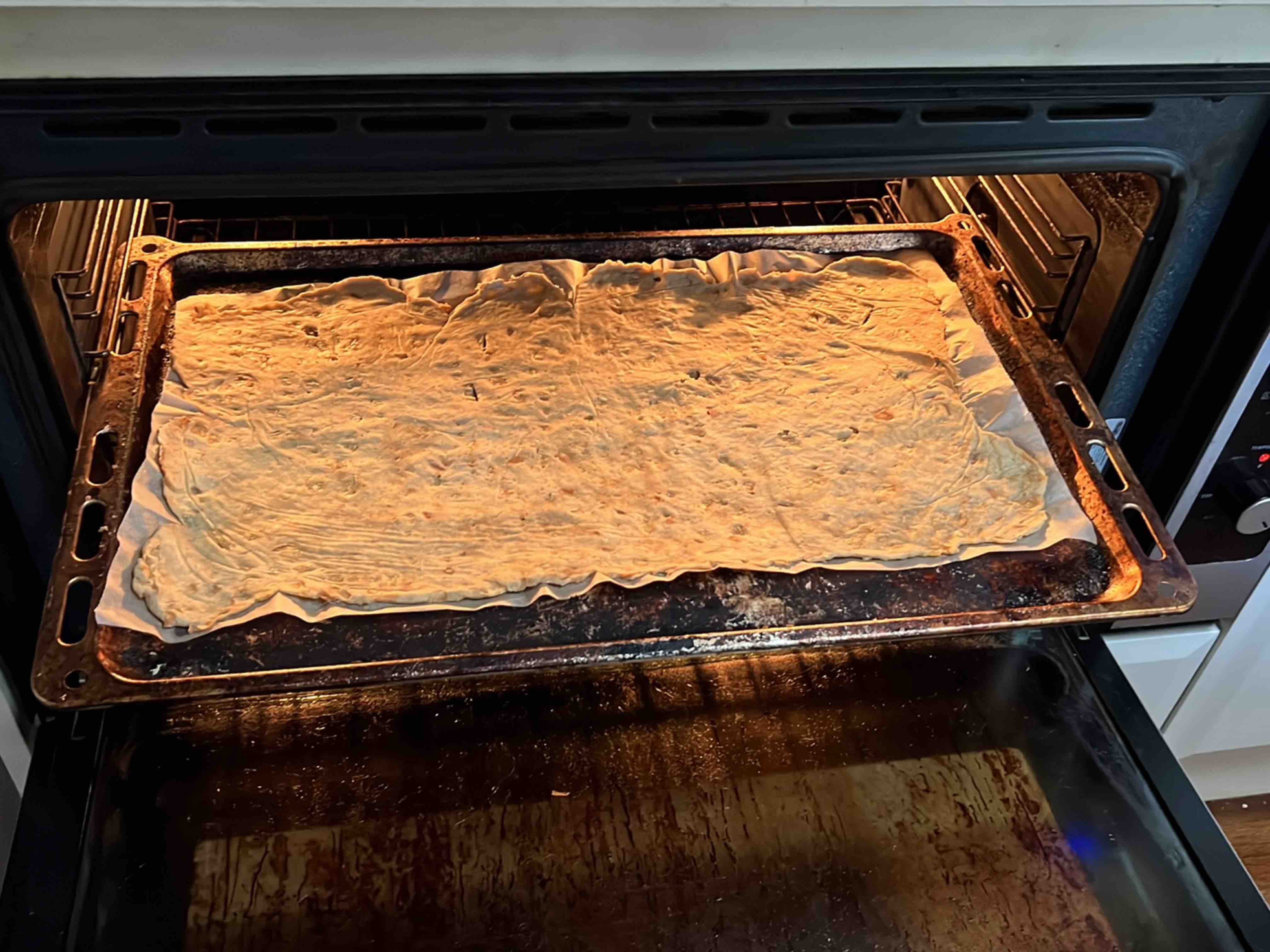
You can add any fruit to the cereal, in my bowl I put strawberries, blueberries and apple.
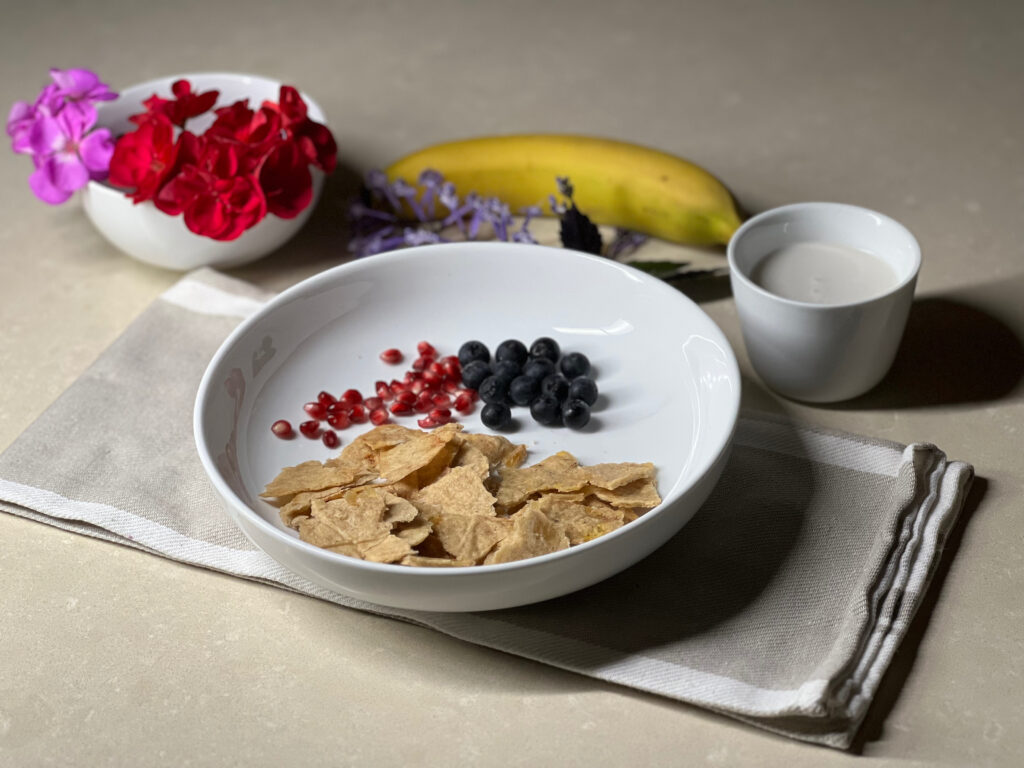
If you like this recipe you will love my other recipes
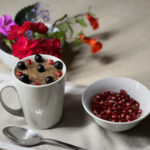
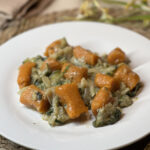

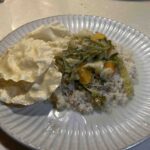
If you try this recipe let me know in the comments below the post
FOLLOW ME on Facebook, Instagram, Pinterest and Twitter to see more delicious food and get all the latest updates

Ingredients
- 8 tbsp Millet Flour for AIP swap for Tigernut flour
- 2 tbsp Cassava Flour
- 4 tbsp Tapioca Flour
- 4 tbsp Arrowroot Flour
- 2 tbsp Brown Rice Flour for AIP swap for Coconut flour
- 1 tbsp Xanthan Gum omit for AIP
- 1 medium Banana
- ½ medium Apple
- 2 tbsp Coconut Oil
- ½ tsp Vanilla Powder
- ½ tsp Cinnamon
- ¼ cup Coconut Milk
Instructions
- Roughly chop the banana and finely chop the apple and place in a ceramic mug
- Add the coconut oil and microwave on high for 30-60 seconds, then stir and keep going until the oil melts and gets a little hot so the banana and apple start to go soft.
- Add all of the flour to a bowl and then add the coconut oil and banana mixture to it, stir and combine.
- Add the coconut milk and stir, it should start to combine like a dough but will be a little sticky.
- If it's too dry, add more milk. If it's too wet then add more Millet flour.
- Get 2 pieces of baking paper and place the dough on one of them, then place the other piece of baking paper on top and use a rolling pin to roll into a flat sheet. If you have a large oven you can do this in one long sheet, other wise split the dough into 2 and roll out a second one. You will need another 2 pieces of baking paper as it is impossible to remove the top one and better to place both sheets in the oven with the rolled cereal in the middle.
- Cook for about 45 minutes at 150°C/275°F, you might need longer depending on the thickness of your rolled sheet.
 Avocado Dip (AIP,Paleo,Vegan,GF,DF)
Avocado Dip (AIP,Paleo,Vegan,GF,DF)
Leave a Reply